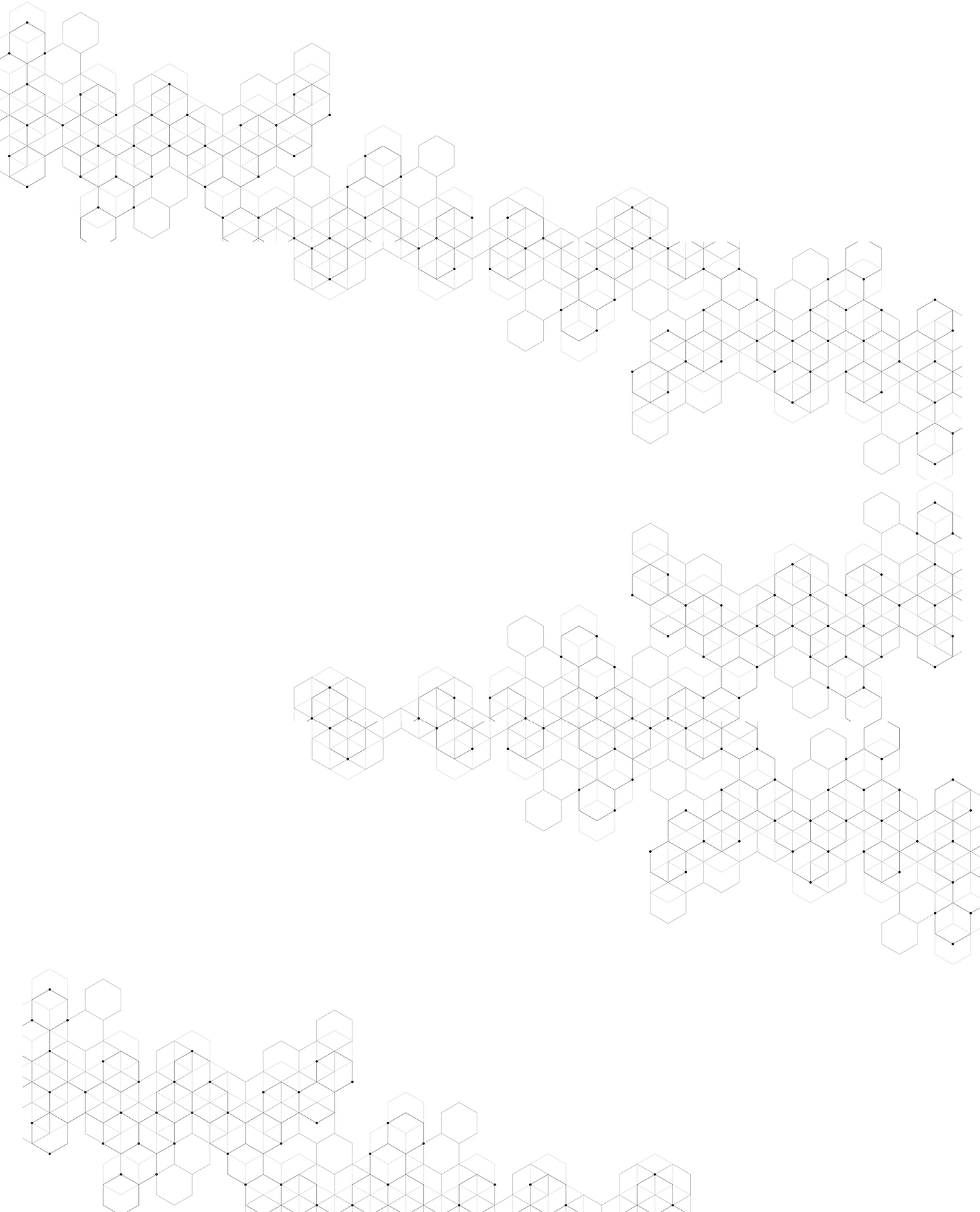Aircraft Engine Part Inspection Using NI Smart Cameras & LabVIEW
- markvasat
- Jun 22, 2023
- 3 min read
Updated: Aug 7, 2023
*As Featured on NI.com
Original Authors: Daniel Kaminský, ELCOM, a.s.
Edited by Cyth Systems

The Challenge
Automating the deburring and final inspection of turbine airfoils for aircraft engines.
The Solution
Building a robotics cell based on NI LabVIEW to precisely deburr and shape the turbine airfoils for quality inspection with an NI Smart Camera.
To automate the deburring and inspection process for turbine airfoils for aircraft engines, AV&R Vision & Robotics designed a system that uses a six-axis robot to manipulate the airfoil to combine two critical operations. First, we debur the airfoil using tooling chosen specifically to deburr the dovetail of the part and create a radius on each edge. Then a vision system designed for surface inspection examines the part and records the data based on the part serial number, which is also read using the vision system.
We originally developed the system for a large OEM aircraft-engine manufacturer based on a lean manufacturing workflow. The operator loads the airfoil into the work cell after the grinding operation. In addition, we designed the system to be programmable so we can easily adapt it for many other deburr and inspection applications including consumer goods such as wrenches, medical device implants, surgical tools, automotive components, and a variety of other aerospace engine components. There are difficulties regarding the system architecture which was needed to transfer over to the new robot cell which was created using NI Smart Camera and laser line scanners when required. The NI Smart Camera is a CPU and camera bundled in a compact design, which transfers data from the images taken directly over a local network or Ethernet. This allows the deployment of LabVIEW software directly to the camera to run a product inspection and give you data results in real-time.
Left: Aircraft engine part undergoing line scan by laser for product profiling. Right: NI Smart Camera assisting with robot movement and part inspection.
Automating the Deburring and Inspection Process
In the past, operators inspected and deburred different complex and high-precision turbine airfoils using deburring tools to finish the parts and then manually inspected the airfoils to ensure the parts were within a specified tolerance. We developed a cell that can automatically perform these two processes, ensuring every part leaves the cell with the desired quality.
After loading the part into the cell, the system initializes and a robot picks the part from the fixture and presents it to a deburring station that removes all the burrs from the root of each airfoil, breaks each edge, and creates a radius on specific edges as per the drawing specifications.
Left: Aircraft engine foil being burred and polished using an automated process. Right: Robot cell created by AV&R for automated processes.
After the deburring process, the robot presents the airfoil to an NI Smart Camera for inspection to look for random surface defects such as nicks, dents, scratches, and tooling marks on the critical surfaces. The defects are classified according to their shape using the particle analysis tools in the NI Vision Development Module. In addition, the vision system reads the serial number using NI optical character recognition (OCR) algorithms. After inspection, properly deburred parts are placed on the output of the cell and moved to the next production stage.
We used two NI products in the finishing and inspection cell. For the vision system and the surface inspection, we chose the NI Smart Camera because of its industrial design and flexibility. We also used LabVIEW to implement the inspection sequences and for the user interface. Developing the human-machine interface (HMI) in LabVIEW allows the operator to see the status of the system, the part under inspection, and the statistics of each part as it is processed. The operator can view each of the parts presented to the vision system, a pass/fail counter that highlights the number and status of the parts processed, and the results of each inspection process on the HMI.
We have used LabVIEW in similar inspection systems in which we built the code for a PC-based system. All the code previously used for the PC was easily transferred to the NI Smart Camera, which allowed us to take advantage of the common platform. By using NI hardware and software, we seamlessly combined the material removal and inspection solution using the framework for previously developed solutions.
Original Authors:
Daniel Kaminský, ELCOM, a.s.
Edited by Cyth Systems













Comments